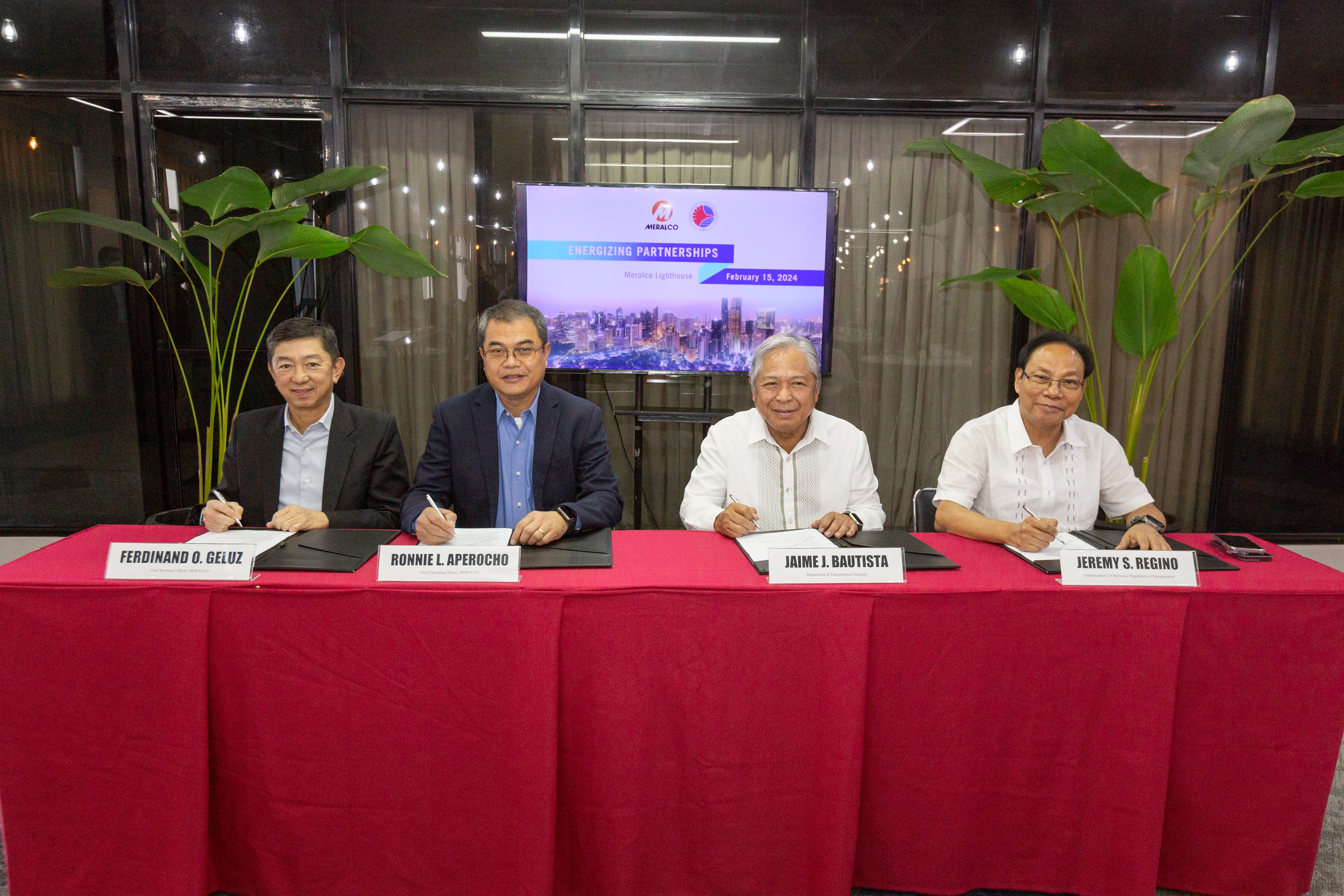DOTr, MERALCO seal deal for Metro Manila subway
- February 19, 2024
- 0

The
Under the agreement, MERALCO is set to develop a 115-kilovolt (kV) switching station worth 280 million in Valenzuela City for the interconnection of the MMSP to the energy distribution network.
“This trailblazing rail project will not be able to proceed without help from MERALCO. This collaboration goes deeper than a public-private partnership,” said Transportation Secretary Jaime J. Bautista said in a statement.
Bautista added, “It translates to the benefit of subway commuter
MERALCO Executive Vice President and Chief Operating Officer Ronnie L. Aperocho guaranteed the energy distribution utility’s full backing of the subway project intended to improve the transportation system in the country as well as the experience of every Filipino commuter.
“The Metro Manila Subway will definitely change the way of living in the country’s economic center,” said Aperocho. “As we continue to make significant contributions to nation-building and economic growth, this ceremony underscores MERALCO’s unwavering commitment to powering the country’s critical infrastructure by providing reliable, efficient, and sustainable power.”
MERALCO’s planned construction of the state-of-the-art switching stations is in support of the government’s initiatives to enhance transportation and energy security in the country which are key priorities within the current administration’s socio-economic agenda.
Earlier this year, DOTr said that the tunnel boring machines (TBM) were digging simultaneously in different parts of Metro Manila for the ambitious subway project which is slated to have 17 stations.
The Metro Manila Subway will run from Valenzuela City to Bicutan, Taguig with a spur line at the Ninoy Aquino International Airport (NAIA) in Pasay. The subway, which can accommodate up to 519,000 daily passengers, targets to reduce travel time between the cities.